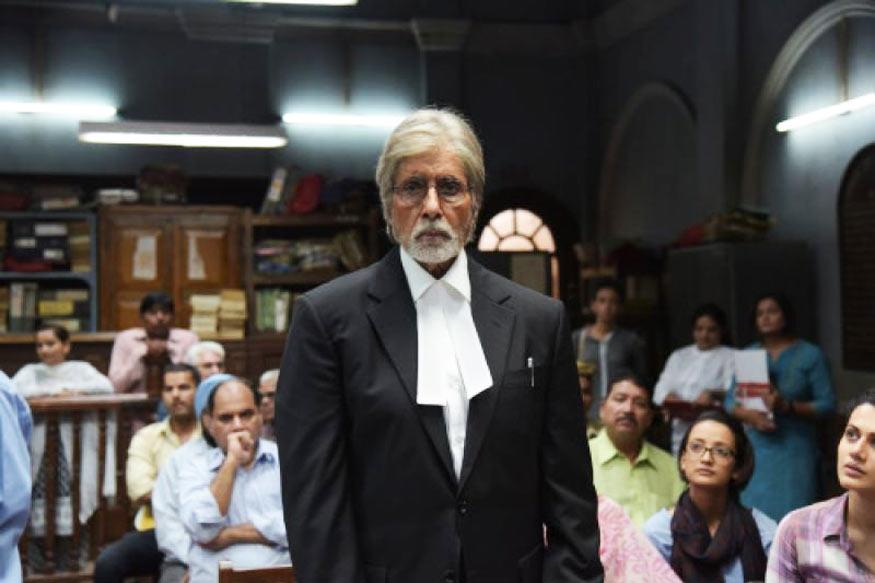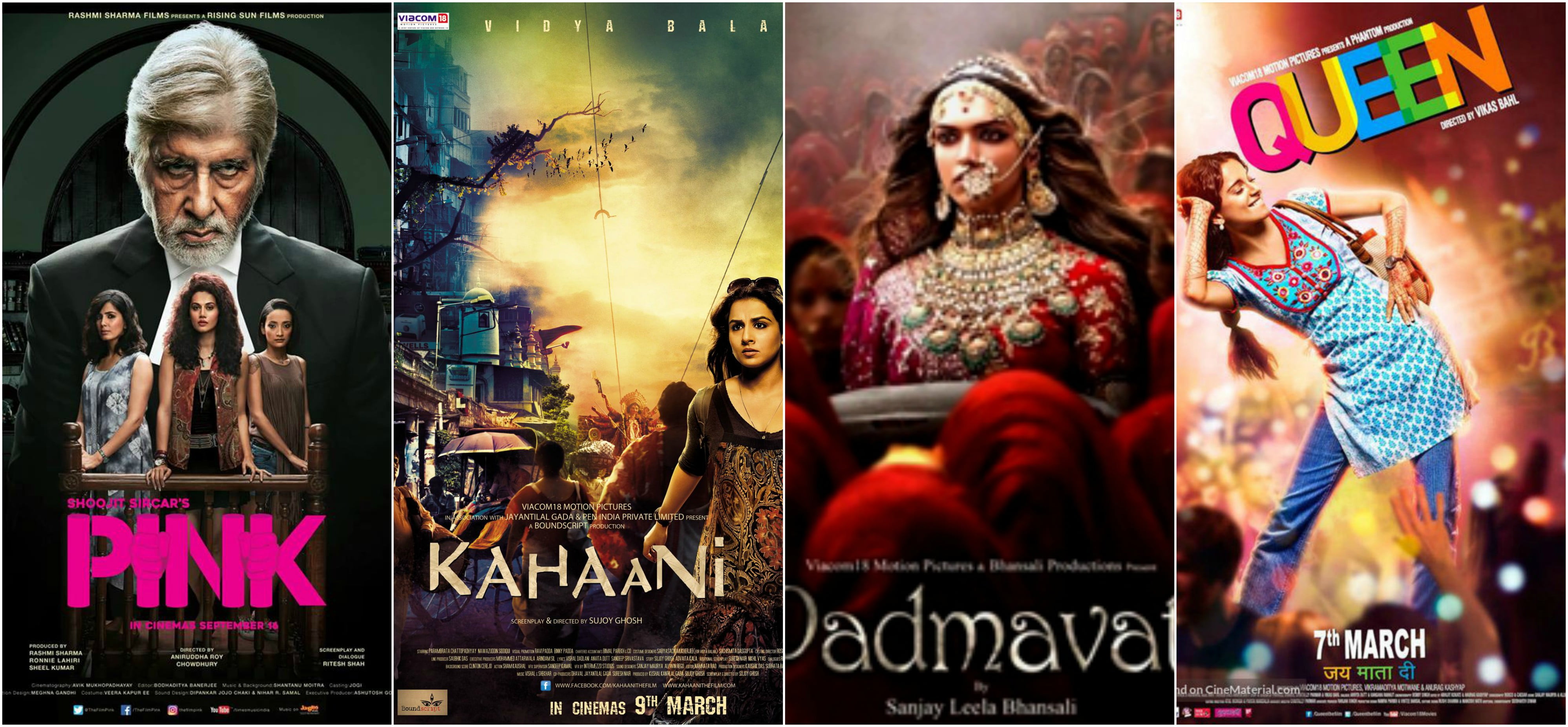“Aurat maa hoti hai, bahen hoti hai, patni hoti hai, dost hoti hai … aur jab woh kuch nahi hoti, toh tawaif hoti hai” – Devdas (2002)
For much of its history, the Hindi Film Industry, popularly known as ‘Bollywood’, has objectified, sexualised, vilified, or maternal-ised female characters. For starters, we have the classic fair, virginal romantic interest who usually has little to do in the film except participate in a few songs, provide visual stimulation to heterosexual male viewers, or play a damsel in distress waiting for the male hero to save her.
Next, we have the sacrificial Bhabhi, sister, or mother, epitomized by actors like Nirupa Roy and Rakhee. These characters will put everyone else’s well being and happiness before their own. They will have no ambition except seeing their parents/partners/children succeed in life.
Lastly, we have the Vamp. A woman who does anything and everything that the first two stereotypical tropes don’t. She will drink, smoke, have consensual sex, have ambitions, have likes and dislikes, maybe even exert agency, be unmarried, and possibly browner than the female lead. In many cases the Vamp is overtly sexualised and characterized for the heterosexual male gaze.
These three stereotypes or tropes have been synonymous with women characters in Hindi cinema for many years. Recent times, however, have witnessed the emergence of new tropes—female protagonists. The ‘Love Interest’ is no longer necessarily ‘virginal’. Hyper-sexualized dance numbers or item numbers are being performed by mainstream female protagonists; pre-marital sex, live-in relationships, etc. are no longer as taboo but patriarchal mindsets still run deep.
Films like Game Over have given rise to a new trope in Hindi cinema—the faux feminist. For example, films like Pink or Dangal may have had more on-screen time for women, but they still promote patriarchal ideals with female characters exerting little or no agency.
Slow progress (?)
The context of these stories might have changed over the decades but when it comes to addressing internal and representative patriarchy and casteism, little progress has been made. A large majority of Hindi films do not pass even the low standard of the Bechdel Test let alone any of the other contemporary gender equality analysis.
On a more positive note, a recent report that studied over 4000 Hindi films states that there has been a marginal increase in the number of films with central female protagonists—from 7% in the 1970s to 11.9% in 2017. This increase, although small, can be viewed as a sign of some progress towards equal cinematic representation.
But does simply having female protagonists mean that a film is feminist and/or intersectional?
Reading a ‘review’ of Tapsee Pannu’s latest film, Game Over, makes one feel that the industry might be changing for better. But after watching the film, I beg to differ. Films like Game Over have given rise to a new trope in Hindi cinema—the faux feminist. For example, films like Pink or Dangal may have had more on-screen time for women, but they still promote patriarchal ideals with female characters exerting little or no agency. Whether it is the lack of agency exerted by the two female leads in Dangal or Amitabh Bachchan’s patriarchal rescue effort in Pink.


However, now more than before, we see more authentic feminist characters, moving beyond the trope and showcasing ‘women as women’. Take for example, Tapsee Pannu in Manmarziyan, Kriti Sanon in Bareilly ki Barfi, Kangana Ranaut in Queen, Vidya Balan in Kahani and Tumhari Sulu, Alia Bhatt in Gully Boy among others. These are real, flawed, honest depictions of women’s lives and stories, some even breaching the caste and class barriers in the industry.
Also read: How Bollywood Horror Films Misrepresent Their Female Protagonists
What sets these films apart?
Women behind the scenes and women in front of the screens. There are more and more women behind the camera as writers, producers, directors, production designers, editors, etc. People like Kanika Dhillon (Screenwriter, Creative Producer: Manmarziyan), Aarti Bajaj (Editor: Manmarziyan), Ashwiny Iyer Tiwari (Director: Bareilly ki Barfi), Zoya Akhtar (Director: Gully Boy), Chaitally Parmar (Co-screenwriter, Queen), Advaita Kala (Screenwriter: Kahani) and many others are changing the way the industry views and depicts women on screen. More women in the industry are creating more interesting avenues for female representation, while decreasing chances for sexual harassment or intimidation. Alongside, urban, middle-class women have seen a surge in economic independence and comprise of more than half of cinema-goers in India.
The challenge now is to create a film which is not only gender equal, but also intersectional in representation on and off camera, while also appealing to a mass audience. That day still remains to be seen.
Which is precisely why we need more films like Manmarziyan, Queen, and Kahani. All these films were not only part of ‘mainstream’ Hindi cinema but also made a profit at the box office. In 2018, two of the most commercially successful films had complex and potentially feminist female leads. Neena Gupta in Badhai Ho (co-produced and co-written by women) and Alia Bhatt in Raazi (directed, co-written, and co-produced by women). While other top grossers like Padmaavat, Sonu ke Titu ki Sweety, Simmba, Sanju, SOTY2 et al, continue to play along with sexist and exploitative female characterizations, the former list of films bring a whiff of fresh air. Not only do these films pass the Bechdel Test, they are also financially successful, which hopefully, will lead to more authentically feminist characters and films in the future.
Also read: The New Voices: Empowered Women In Bollywood of 2018
However, the increasing representation of female protagonists is still plagued by caste and class barriers. There are incredibly few women from marginalized communities in cinema and barring Ghazal Dhaliwal, we have next to no representation of non cis- or non-heterosexual women. The challenge now is to create a film which is not only gender equal, but also intersectional in representation on and off camera, while also appealing to a mass audience. That day still remains to be seen.
Rubina is a gender rights activist and youth worker based in New Delhi. She is currently exploring the intersections of feminism, art, and activism.




